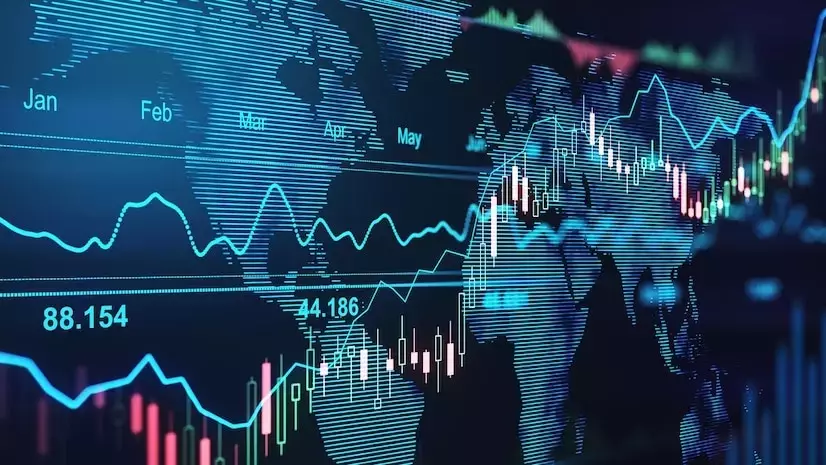Navigating the Shifting Tides: Central Banks Poised for Further Rate Cuts
Markets were still basking in the afterglow of the Federal Reserve's half-point rate cut, as investors eagerly anticipated further easing measures from central banks around the world. With key inflation figures on the horizon and a packed schedule of policy meetings, the global financial landscape was set to undergo a significant transformation in the coming weeks.Unlocking the Path to Economic Stability
Asia Braces for Central Bank Decisions
Asian markets were on the move as investors anticipated the decisions of central banks in the region. China's central bank surprised many by lowering its 14-day repo rate, a move that helped lift Chinese blue-chip stocks. Meanwhile, the absence of trading in Japan due to a holiday created a lull, but futures indicated a potential rally ahead as the Bank of Japan signaled its reluctance to tighten policy further.Across the region, MSCI's broadest index of Asia-Pacific shares outside Japan added 0.2%, building on the previous week's 2.7% surge. Investors were closely watching for any further easing measures from central banks, as they sought to navigate the shifting economic landscape.Europe Poised for Potential Rate Cuts
European markets were also in focus, with EUROSTOXX 50 futures and FTSE futures both edging higher. Investors were closely monitoring the upcoming policy decisions from the Swiss National Bank and Sweden's central bank, both of which were widely expected to deliver rate cuts.The Swiss National Bank meeting on Thursday was particularly anticipated, with markets fully pricing in a quarter-point cut to 1.0% and a 41% chance of a more aggressive 50-basis-point reduction. Similarly, Sweden's central bank was expected to ease by 25 basis points, though the possibility of a larger move was not entirely ruled out.Wall Street Rides the Wave of Fed's Dovish Stance
Across the Atlantic, Wall Street continued to bask in the afterglow of the Federal Reserve's half-point rate cut. S&P 500 futures and Nasdaq futures both gained, reflecting the market's optimism about the potential for further easing measures.The S&P 500 had already gained 1% so far in September, historically the weakest month for stocks, and had surged 19% year-to-date to reach all-time highs. Analysts at BofA noted that the S&P typically rises an average of 21% when there is no recession in the 12 months after the start of Fed cuts, further fueling the market's enthusiasm.Inflation Data and Central Bank Speeches in Focus
Investors were eagerly awaiting the release of the core personal consumption expenditures (PCE) data, the Federal Reserve's preferred inflation gauge, scheduled for Friday. Analysts expected a 0.2% month-on-month rise, taking the annual pace to 2.7%, while the headline index was seen slowing to just 2.3%.In addition to the inflation data, the coming week was packed with a series of speeches from Federal Reserve policymakers, including Chair Jerome Powell, two governors, and New York Fed President John Williams. These remarks would be closely scrutinized for any further insights into the central bank's policy trajectory.Navigating Potential Headwinds
Investors were also keeping a wary eye on negotiations to avoid a U.S. government shutdown, with the current $1.2 trillion in funding set to run out on September 30. Republican House Speaker Mike Johnson had proposed a three-month stopgap funding bill, but it still needed to go to a vote, adding an element of uncertainty to the market's outlook.In the currency markets, the U.S. dollar edged up against the Japanese yen, while the euro gained ground against both the dollar and the yen. The precious metals market also saw some activity, with gold prices holding near all-time highs as the lower bond yields and the Fed's dovish stance provided support.As the global financial landscape continued to evolve, investors remained vigilant, closely monitoring the actions of central banks and the broader economic indicators that would shape the path forward. The coming weeks promised to be a pivotal period, with the potential for further easing measures and the ongoing efforts to maintain economic stability.

